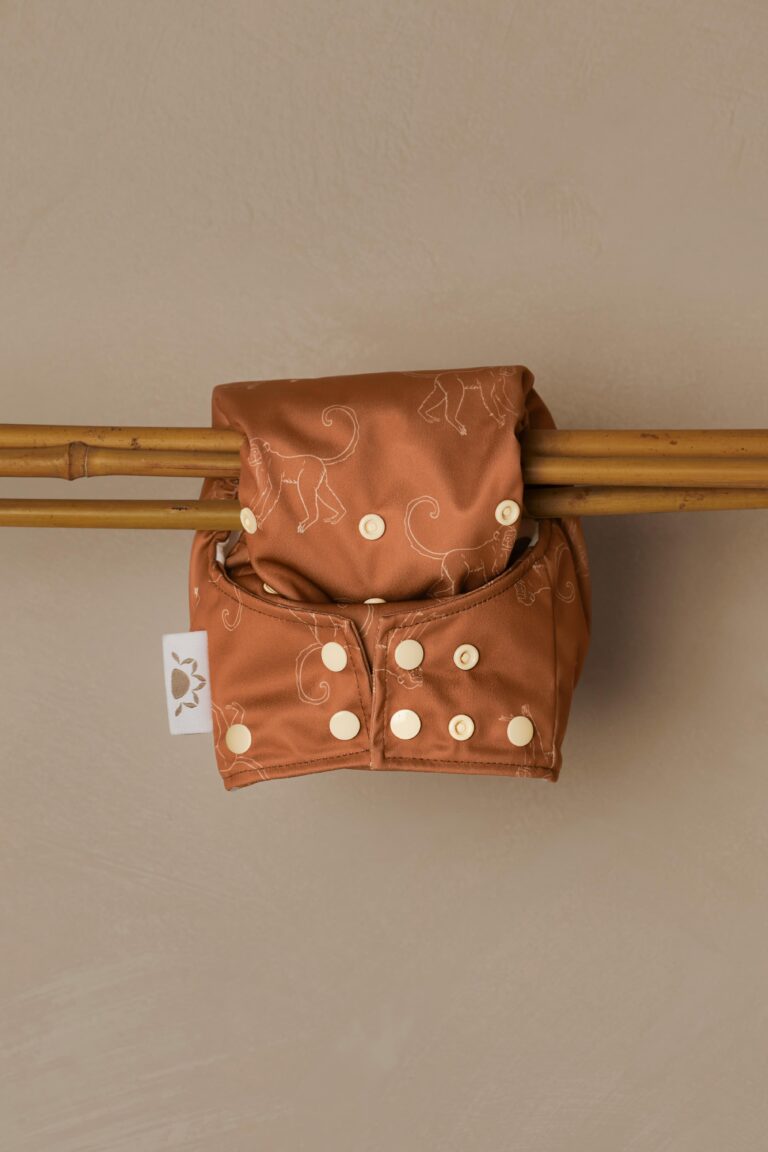Research shows that a wet nappy is irrelevant as a cause of nappy rash, as this arises when stale urine meets the bacteria in poo, producing ammonia. That’s why it is important to change a nappy straight after a poo and always clean the whole nappy area, not just the genitals. Some babies will simply be more susceptible to rashes than others.


During teething, babies are most likely to develop diaper rash, mostly because they are more prone to dietary factors – consider oranges, tomatoes, and avocados as likely suspects during this time and change nappies more frequently. If you use Happy Naps full time, the rash is most likely not nappy rash. Always consider other causes of rashes as well, such as sensitivity to washing powder, sweat rashes or thrush. If you have any concerns, please get in touch with your advisor.
You will find that it is not needed to use creams daily. We advise to use (natural) creams only during the early weeks with a newborn and during teething. When applying creams, always use a liner to protect the fabric of the nappy as it may affect the absorbency. With our bamboo cloth wipes, you can control what you put on your baby’s bum.

The following recipe makes a very effective and soothing antiseptic wash without chemicals and is worth trying first if your baby has any redness or nappy rash:
Place a camomile tea bag in a suitable container, add boiling water and leave to cool. Once cool, remove the tea bag and add approx. 1 tbs of olive oil. Add 2 drops of lavender and tea tree essential oil (only if baby is 3+ months old and always patch test before using). Mix well and place washable wipes into container.
You are aiming to put enough wipes in to soak up all the liquid and leave them nice and moist for use without being sopping wet. You can squeeze them out before using if they are too wet.
After all, it is most healthy for us to be naked, so let your little one run wild and free whenever possible. If needed, wash your nappies on 60 degrees, but keep in mind that doing this too often will decrease the lifespan of your nappies.


